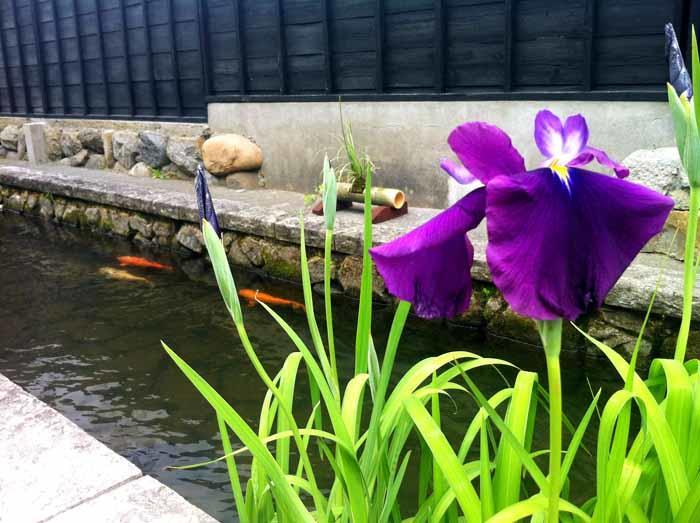Like this post? Help us by sharing it!
As someone who was based in Fukuoka on Kyushu, Japan’s southernmost island, I had very little cause to travel north when I lived in Japan. In fact, the furthest north I had ever been was Tokyo. Of course, when I was presented with the opportunity to go back to Japan and visit the Japanese Alps with InsideJapan Tours I simply had to see what all the fuss was about. In particular I was very keen to visit Takayama, which features in the vast majority of our trips.
Takayama isn’t on many foreign visitors’ radars – in fact you’ve probably never heard of it. Many Japanese will also give you a rather puzzled look and ask, “Why would you want to go there? It’s in the middle of nowhere!”
My own journey to Takayama was an incredibly convoluted and complicated one, which I would not ever recommend to anybody. Ever. But eventually, at Nagoya I boarded the Hida Wide View Limited Express bound for Takayama. I had heard excited chatter around the InsideJapan UK office about what a beautiful train journey this was. Having just spent the last five hours staring at the Seto Inland Sea and rice paddies, I was skeptical that it would match up to what I had already seen.
Oh, how wrong I was.
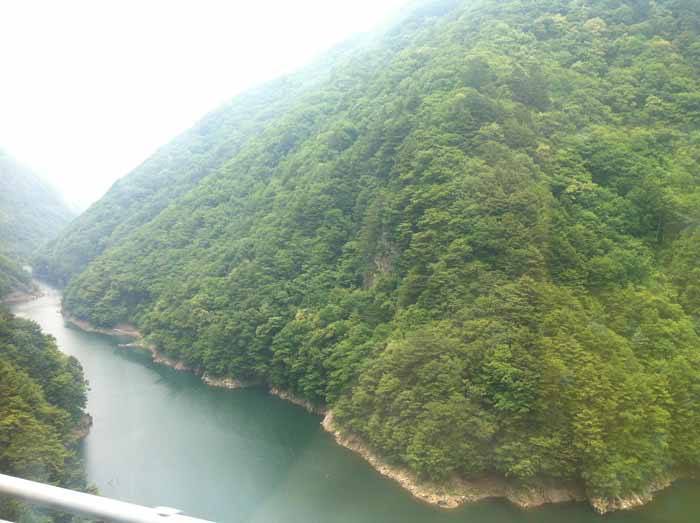
The journey from Nagoya to Takayama alone makes the visit worthwhile. The train is built with unusually large windows to allow passengers to take in the spectacular views of the Japanese Alps as you wind through ravines and rivers. The water here was unlike water I’d seen anywhere else in Japan—a kind of ethereal, pure blue. I was travelling in June and the scenery was a beautiful lush green. To my frustration, my camera had very helpfully packed in during my earlier travels and I was left hastily resorting to snaps on my mobile phone (and drawing some very angry looks from people glancing pointedly at the Japanese ‘No Mobile Phone’ signs overhead), so I wasn’t able to do the journey justice… but I hope that I can tempt you to see it for yourself!
In Takayama, it’s generally recommended that one stays at a ryokan, or traditional Japanese inn. Following this advice, I stayed for two nights at the Oyado Yamakyu on the edge of town, an old favourite amongst the InsideJapan team. The staff went out of their way to make me feel welcome, immediately showing me to my room and explaining how everything worked. I felt so welcomed that I almost didn’t want to leave my ryokan, but of course, I had a town to explore.
Armed with my IJT Takayama destination guide, I strode out on my way to explore Takayama’s famously delicious cuisine. As Takayama is actually quite a small, isolated town in a mountainous region, food tends to be less seafood-focused and draws more on local produce from the surrounding farms and fields. Meals are compromised primarily of delicious locally-farmed meat and home-grown veg—worth bearing in mind if you’re not keen on sushi!
When I found a restaurant, I decided to try the local speciality: Hida Beef. It’s similar in appearance and taste to Kobe Beef. You may cry philistine, because to be quite frank my palate isn’t sophisticated enough to know the difference. What I do know is that it was delicious, and some of the most succulent, most tender beef I have ever tasted.
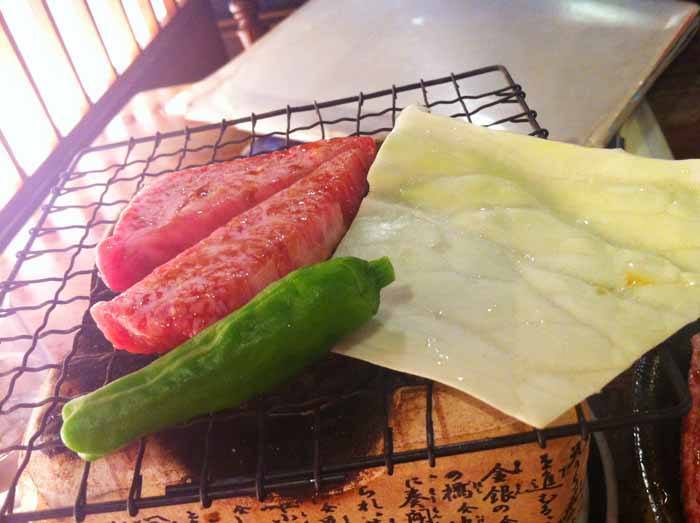
The next morning, I made my way back to Takayama Station to join my cycling tour, which began in the nearby town of Hida Furukawa. I ended up being late to my cycling tour because of how distracted I was by the architecture in the Takayama region. Many people choose to visit Kyoto, the cultural capital of Japan, for its old town district and traditional wooden housing, but I found that almost the entire town of Takayama itself looked like the Gion district in Kyoto. It is almost as if someone has picked up Gion and plonked it down in the middle of the Japanese Alps—my idea of heaven.
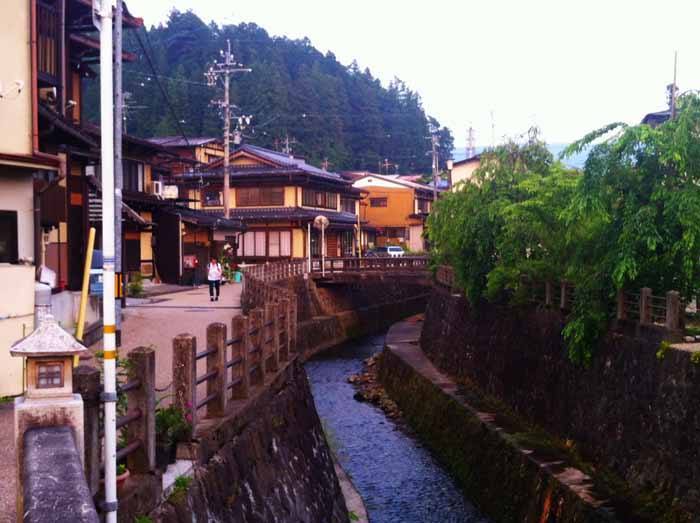
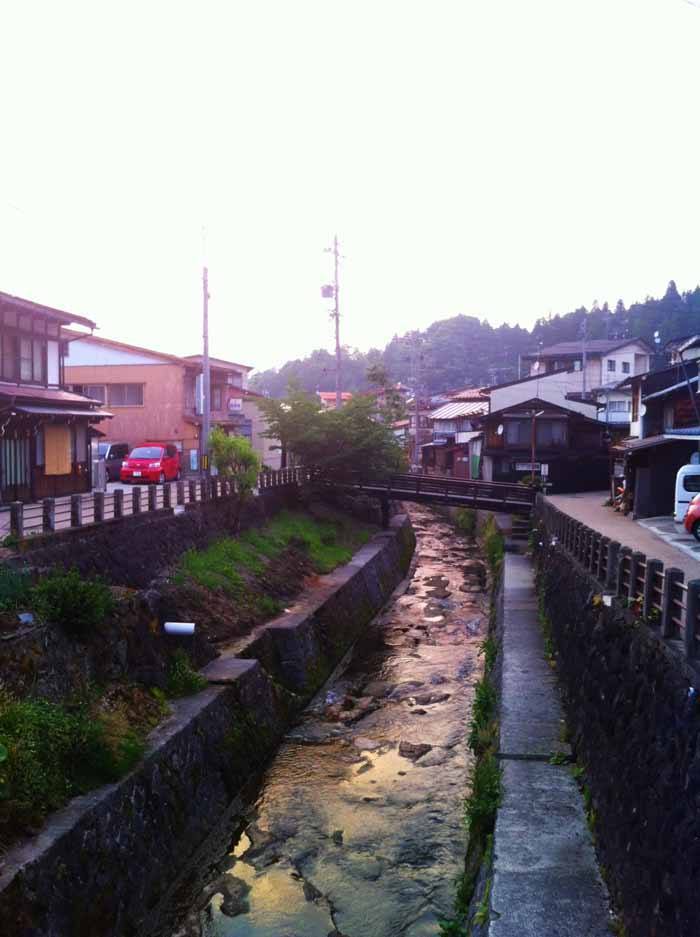
Once at the station, I boarded a train to Hida Furukawa. The journey was simply charming. I wound through tiny, one-platform stations with morning glories growing over the signs and passed countless rice paddies and vegetable farms with farmers so close to the train that I could have leaned out of the window and patted them on the backs. Unfortunately, Japan is very big on health and safety. So I didn’t do that.
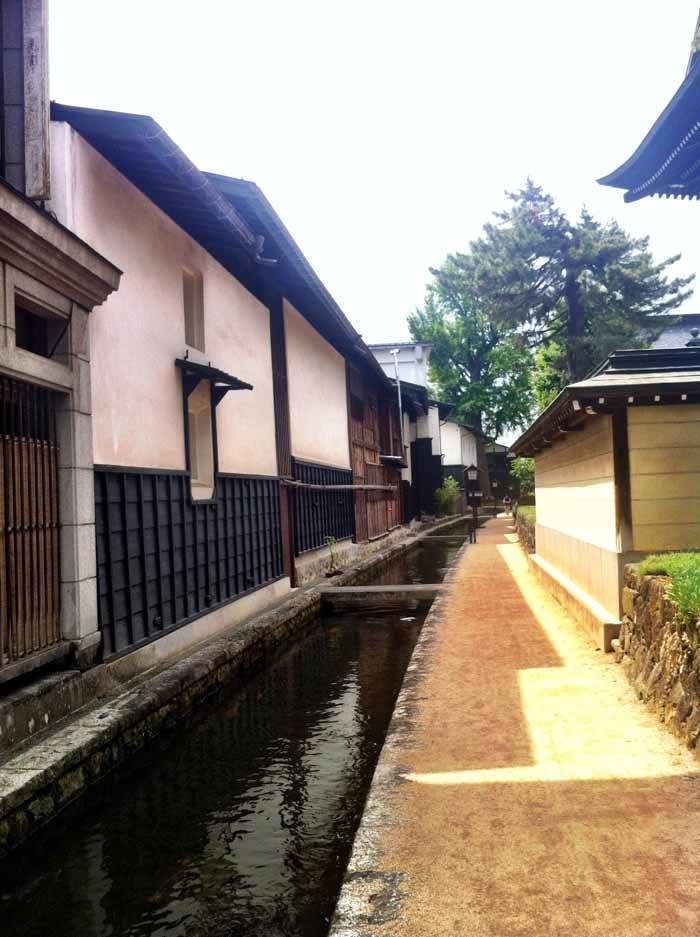
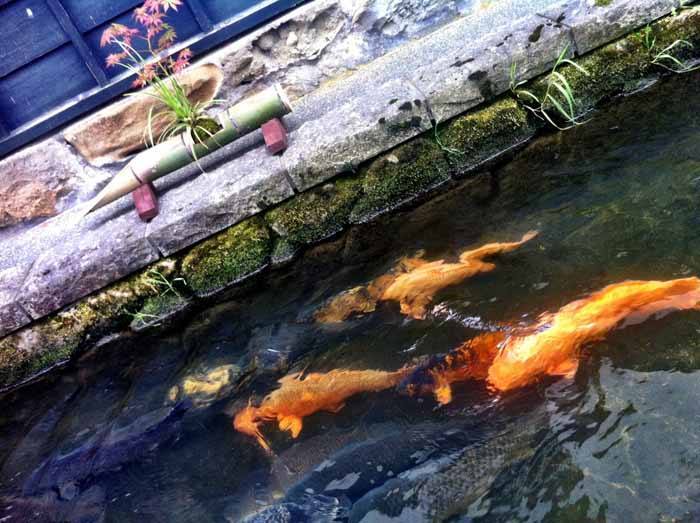
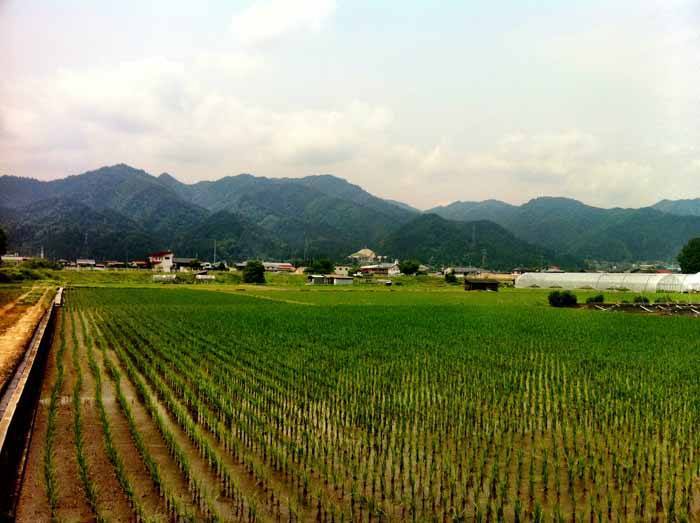
In a small town hoping to poach a bit of Takayama’s tourism and help its local community, Hiro and the folks at Satoyama Experience are certainly doing a good job to boost business in Hida Furukawa. We stopped at several different farms and all of their owners knew and recognized Hiro and were more than pleased to answer our questions. Many of them were also very keen for us to try their produce. One lady, who had been farming strawberries, told us that her remaining crop wasn’t any good to her and that we could help ourselves. Not only that, she then proceeded to go into her house and produce handfuls of trinkets for us to take home. There were fans, mirrors and little crochet bags made by her late mother.
“They seem like precious things, is it really all right for us to take these?” I asked in Japanese.
The lady shook her head. “I don’t need them. Please take them, they’re a souvenir for you.”
At the end of the cycling tour, Hiro gave us some options for lunch and suggested that we all go to an okazuya, a kind of Japanese deli. We were given medium-sized Tupperware boxes, and told that we could fill them with as much as we liked as they were measured by weight (plus a couple of hundred yen if you’d like white rice). My box, which I couldn’t even finish, cost me no more than 400 yen (about £2.15), a real bargain compared to how much you might spend on far less at a convenience store in a larger city. I would likely have never found this place without Hiro’s guidance, and it just reminded me of how much more you can get from travel by interacting with people who live and work in the places we visit.
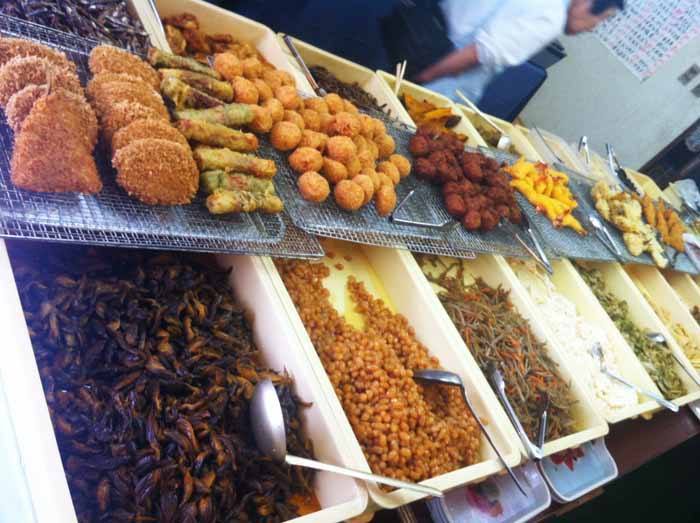
After a little more time wandering Hida Furukawa, I returned back to Takayama and enjoyed… even more food! (It’s not hard to gauge my interests, is it?) Fancying something sweet after my rather salty okazuya lunch, I recalled the various ice cream stands that I had seen around the town. One in particular had some very unusual flavours (with popularity rankings next to them, no less…) It was just too difficult to decide which one in particular to have, so I had three.
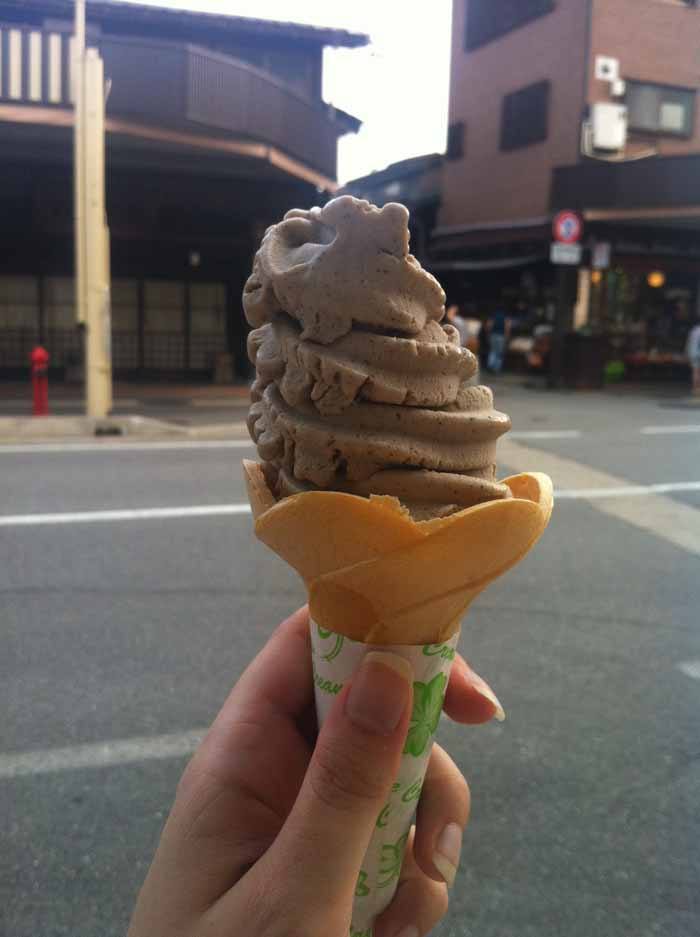
It was all in the interests of trying local food and writing this blog post, I promise…
The one pictured above was kinako flavor. In my nearly 10 years of going back and forth to Japan, I’m still not entirely sure what kinako actually is. All I know is that it’s a sweet powder, probably made from beans, which is used to dust Japanese sweets and that you shouldn’t have too much of it in one mouthful or it’s like swallowing sawdust. Now I also know that it makes a delicious ice cream, and it was definitely the favourite of the three that I tried. The other two flavours sampled were black sesame and wasabi, a speciality of nearby Matsumoto.
Back at the ryokan, I enjoyed a meal prepared by local mothers. I was told by the ryokan staff that as Takayama is not a big place, people find it important to keep the community together. I had already seen this through Hiro and my experience in Hida Furukawa, but it was nice to see this bond being extended across the larger town, too.
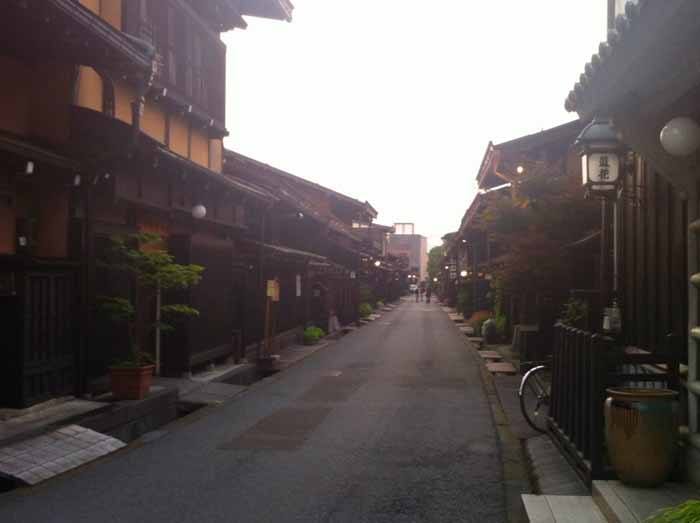
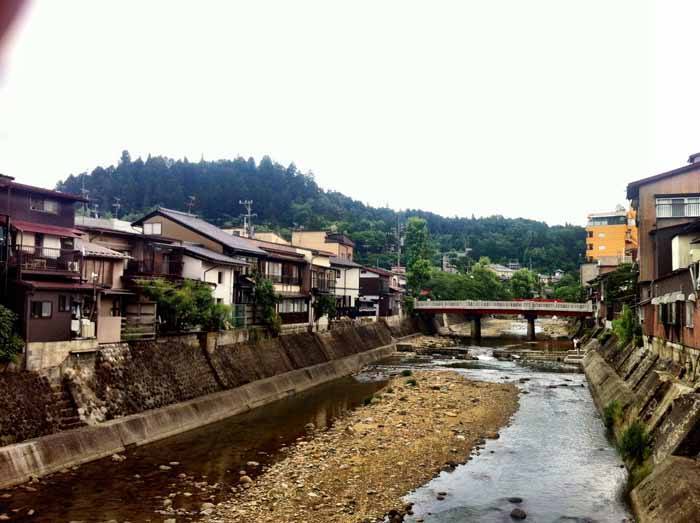
So, now I’ve been north. Or central. Or west, depending on how you’re angling a map of Japan. What surprised me the most was that Takayama, while not a big town, still has everything a visitor to Japan could possibly need or want. It had the beauty of old Kyoto but without Kyoto’s slight edge of arrogance. It had all the modernity of Tokyo in the form of a brilliant train station, good English signage and a vending machine every three paces. There are mountains and rivers, amazing food and plenty of activities to keep visitors entertained, including two historic festivals.
However, I think that what I will remember most about my visit to Takayama is the communal spirit. From a little farming village in the UK myself, I understand the importance of bringing local folk together to create a small network which gives everyone a chance to thrive. Never in Japan have I felt such a sense of a community coming full circle as I have in Takayama. It seemed to me that everyone’s lives touched each other in one way or another. I feel honoured to have been a part of that, even if just for a few days.
I just hope that I haven’t left a legacy as that strange foreign girl who bought three ice creams…


